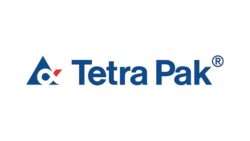Today, large companies in particular are increasingly caught between the conflicting priorities of economy and ecology. Global aspects such as climate change, water scarcity and packaging waste are of great importance in the social discourse and demand solutions.
The challenge: Replace manual decision-making and create global comparability
The solution: Drawing meaningful and relevant data from networked production systems
As part of this transformation, the company invested in Microsoft Azure IoT solutions such as Azure IoT Hub to create “smart factories” that solve the aforementioned challenges across the enterprise.
The goal was to draw more meaningful, better data from networked production systems – to derive autonomous or even manually made decisions, to optimize controlled production – especially with regard to the ecologically minimized footprint – and to avoid waste in energy and material flows.
There is the famous quote by Peter F. Drucker: “What you can’t measure, you can’t control. “This is especially true in the area of digitization. The purpose of collecting additional data is for improvement.
Microsoft was able to use its (nested) Azure IoT (Edge) devices to overcome the challenges that Tetra Pak presented to the software service provider:
- For a holistic view of productivity, security and quality data on a global scale, Azure IoT Hub comes into play. It enables bidirectional communication between the IoT application and connected devices.
- For unified and overarching visualization of data, it is connected to the Azure cloud platform and displayed using Microsoft Power BI.
- For connected customer solutions, Tetra Pak uses Azure IoT Edge devices to ensure the operational efficiency of customer facilities around the world. The solution enables predictive maintenance and helps improve monitoring of overall asset efficiency. The devices also centrally ensure that each internal factory is equipped with the latest software versions.
- Quality optimization and defect reduction on production lines is achieved through the use of image analysis and an algorithm that also runs on an IoT edge device. This prevents product defects from reaching the customer.






